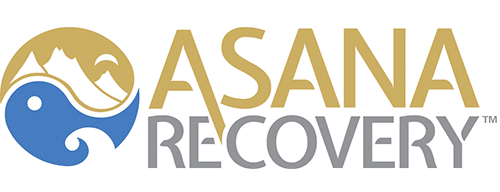In October 2017, President Donald Trump declared the opioid crisis in the United States a national Public Health Emergency under federal law. Opioids attach to receptors in the brain and flood its reward system with dopamine, producing euphoric effects.
While opioids have only recently become front-page news in America, the problem is not entirely new. As Smithsonian Magazine noted, morphine and opium powders led to an addiction epidemic that affected roughly 1 in 200 Americans by 1895.
In the 19th century, morphine was widely viewed as a miracle drug, capable of providing near instant relief to patients. Today, many doctors similarly prescribe opioids to treat severe pain—especially when a patient does not respond well to other pain medications.
Some of the most common prescription opioids include morphine, oxycodone (OxyContin), hydrocodone (Vicodin), and methadone. Fentanyl is a synthetic opioid used for treating severe pain and is up to 100 times more potent than morphine. Heroin is an illegal opioid.
Because opioids create intense feelings of pleasure, many people become addicted quite easily. Such risks make it critical for opioid use to be carefully monitored by a treating physician.
Opioids tend to quickly become a problem when a person begins using larger amounts. Some people continue to use opioids longer than recommended. Unfortunately, it is not uncommon for people who become addicted to opioids to turn to heroin when they are no longer prescribed opioids.
According to the National Institute on Drug Abuse (NIDA), the number of overdose deaths involving opioids increased every single year between 2002 and 2015. Furthermore, the sharpest increase among the estimated 64,000-plus drug overdose deaths in 2016 was the more than 20,000 related to fentanyl and fentanyl analogs.
NIDA states that an opioid overdose can be reversed with the drug naloxone when given right away, and a NIDA study found that both a buprenorphine/naloxone combination and an extended-release naltrexone formulation are similarly effective in treating opioid addiction once treatment is initiated. Such medications can help people recover from opioid addiction.
When a person is addicted to an opioid, it can be extremely difficult for family members to determine the best ways to help. Methadone and buprenorphine are synthetic opioid medications that can be used to prevent withdrawal and reduce cravings in addicts. Some families are uncomfortable with the idea of using an opioid to treat an opioid addiction, and Ibogaine is a naturally occurring psychoactive substance found in African plants that essentially restores the pleasure receptors in the brain to their natural state.
Asana Recovery understands the complexity involved with opioid addiction. We offer detoxification (detox) services to help people suffering from withdrawal symptoms. The length of a detox session can vary depending on the severity of the addiction, but most detox sessions last between three and 10 days.
Are you or your loved one struggling with an opioid addiction? You should know that you do not have to deal with your struggle on your own.
The dedicated and compassionate staff of Asana Recovery uses testing and continuous screening in a safe and secure environment to help clients complete a successful detox. We can answer all of your questions and help you understand your recovery options when you call (949) 438-4505 right now.



